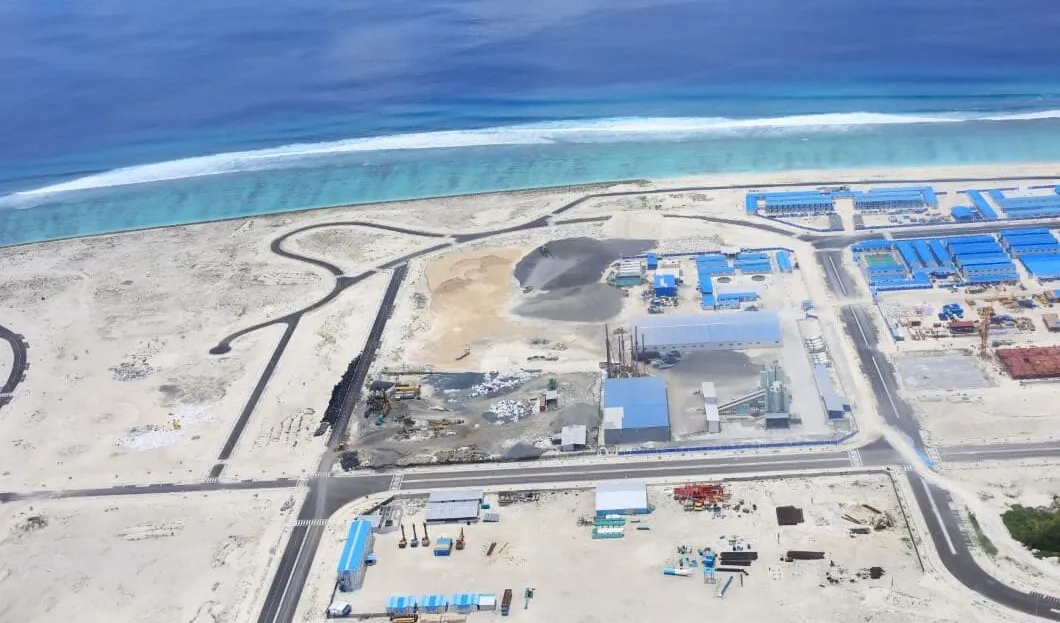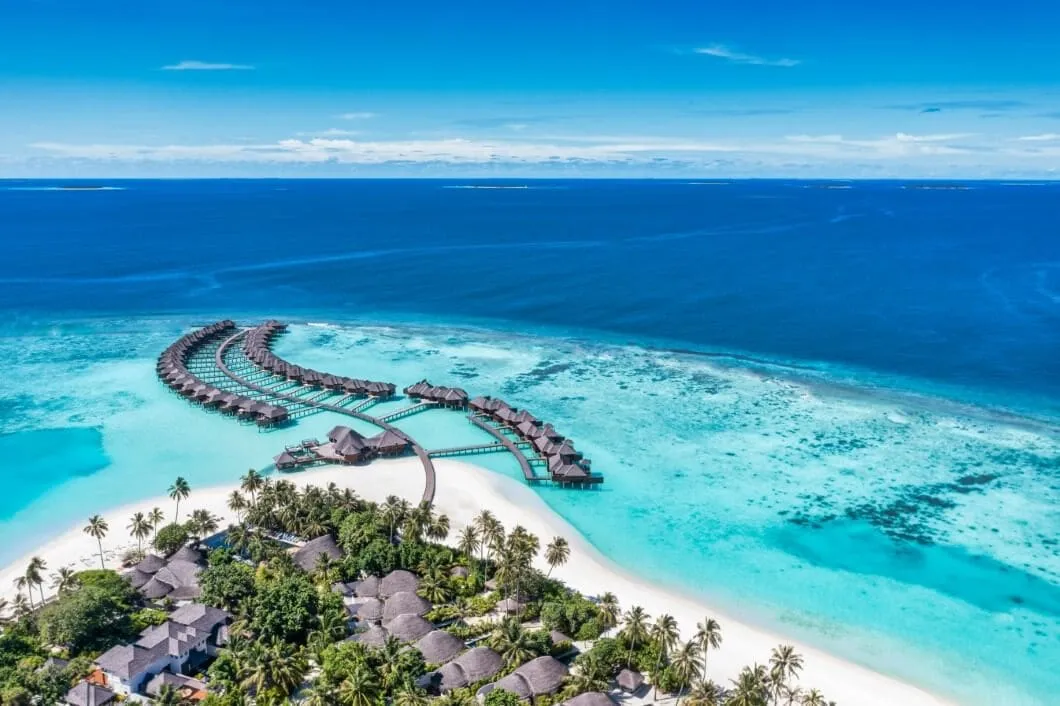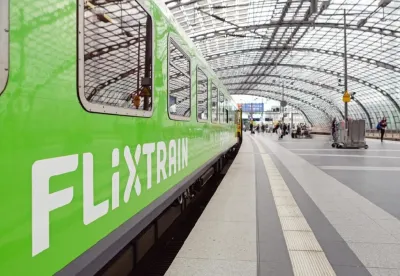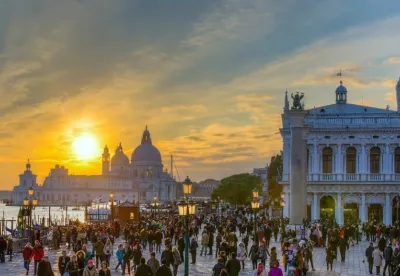
The president of Maldives, Mohamed Muizzu, is a 45-year-old civil engineer who received his training in the United Kingdom. He promises an ambitious program of land rehabilitation and island elevation. However, environmental organizations criticize his plan. The Maldives archipelago is located less than a meter above sea level, making it one of the countries most threatened by climate change and rising sea levels.
The Maldives would become uninhabitable with a sea-level rise of 18 to 59 cm by the end of the century, according to IPCC (the UN Intergovernmental Panel on Climate Change).
Expanding the living space
The previous president of Maldives has been working to save money to purchase land in neighboring countries like India, Sri Lanka, or even Australia to relocate the Maldives' population. However, his successor promised the people they would not have to leave their homeland. "If we need more land for living or economic purposes, we can expand our habitable surface area," says Mr. Muizzu, speaking from the capital island of Malé, protected by sea walls. He argues that the Maldives is self-sufficient and can care for itself.
Australia recently announced its plans to gradually offer climate asylum to citizens of Tuvalu, a small archipelago in the Pacific. The island nation is threatened with disappearance by rising sea levels. However, Mr. Muizzu, the Environment Minister of the Maldives, has rejected the idea of buying or leasing any land from another country. He is confident that the sea walls will provide a haven for the island and its inhabitants, and thus categorically denies the need for such measures.
The Maldives is an archipelago comprised of 1,192 coral islets, which are spread over a distance of 800 kilometers in the Indian Ocean. It’s a popular destination for luxury tourism, attracting celebrities and wealthy personalities worldwide. According to the World Bank, tourism contributes almost a third of the country's economy.

However, the land in the Maldives is currently affected by salt infiltration, which is increasing and corrupting the freshwater supply. As a result, "every island in the Maldives is running out of fresh water," says Shauna Aminath, the environment minister in the previous government.
Often "hasty" projects
Around one-third of the Maldives' total population of 380,000 resides in the capital city, Malé, which is one of the world's most densely populated areas, with 65,700 inhabitants per square kilometer, according to the Ministry of the Environment. Although a massive sea wall already safeguards the capital city, the new president is considering possibly expanding the protective measures to other areas. Over the past four decades, redevelopment projects have increased the country's landmass by approximately 10%.
Mr. Muizzu served as Minister of Construction for seven years and oversaw the expansion of the artificial island of Hulhumale, which is now home to 100,000 people and twice the size of Malé.
The rehabilitation program must be carried out cautiously, as environmental and rights organizations warned. According to a recent HRW (Human Rights Watch) report, authorities have failed to comply with their environmental regulations. HRW accused them of being too hasty in their reclamation projects and lacking appropriate restraint policies. This negligence has increased the risk of flooding and other damages to island communities, while the Maldives government has ignored or undermined environmental protection laws.










